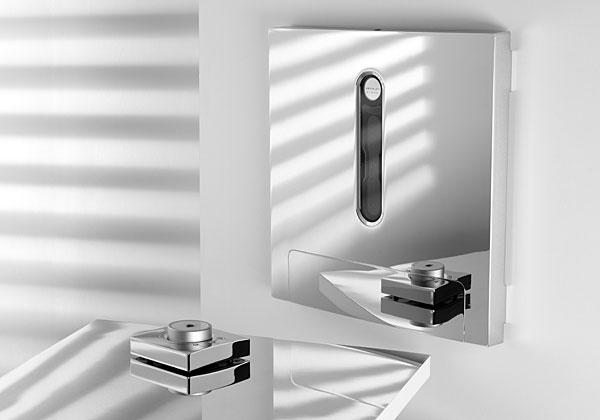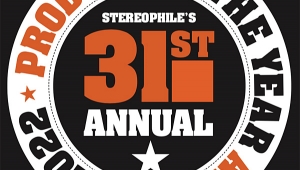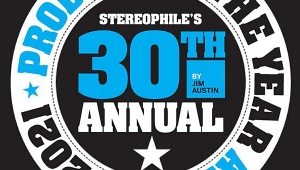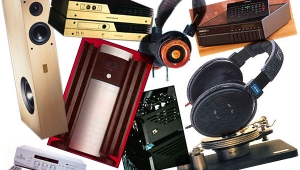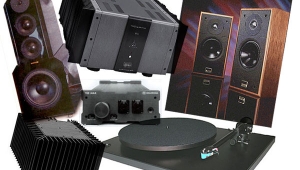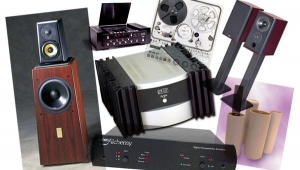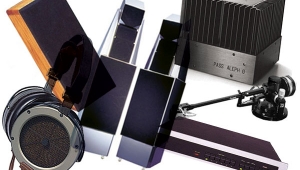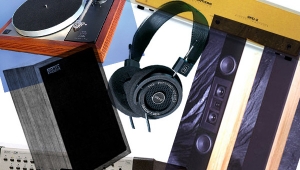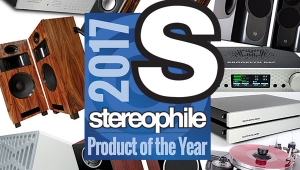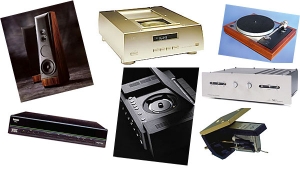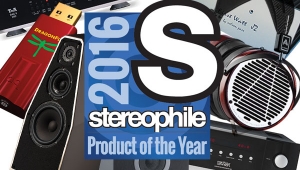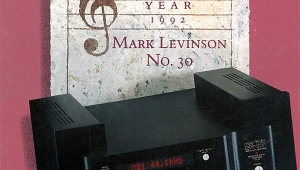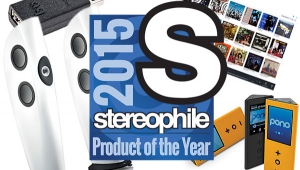| Columns Retired Columns & Blogs |
As a refugee from high-end audio (my former spouse got custody of our system), I'd like to offer a counterpoint to what is offered here.
A competing audio site recently (October 24, 2013) reviewed a pair of Omega Super 3T Single-Driver monitors and a Dared 2A3C integrated amplifier.
Based on that review, and some phone conversations with the owner of Omega Speakers and the US Importer for Dared, I purchased a pair of Omega Super 3S speakers (the flagship of the Omega Super 3 series) and the Dared 2A3C SET integrated amplifier, plus Kimber Kable 4PR 8' cables. Total cost, less than $2k.
Thie sound of this system is magical -- even without being fully broken in yet -- and it just keeps getting better as the listening hours pass. The sublime sound of each component is dependent -- and revealing of -- the other. Neither operates in a vacuum. The speakers offer a wide and layered sound stage, fine detail when it's in the recording, and depth down to 38 Hz. The amplifier is dead silent -- and at 8 wpc is well able to push the sound out to these magnificent 4.5" full-range drivers.
This is a sublime system -- and, even though I've had a system that I considered excellent at 7 or 8 times the price -- I'll take this one any day.
